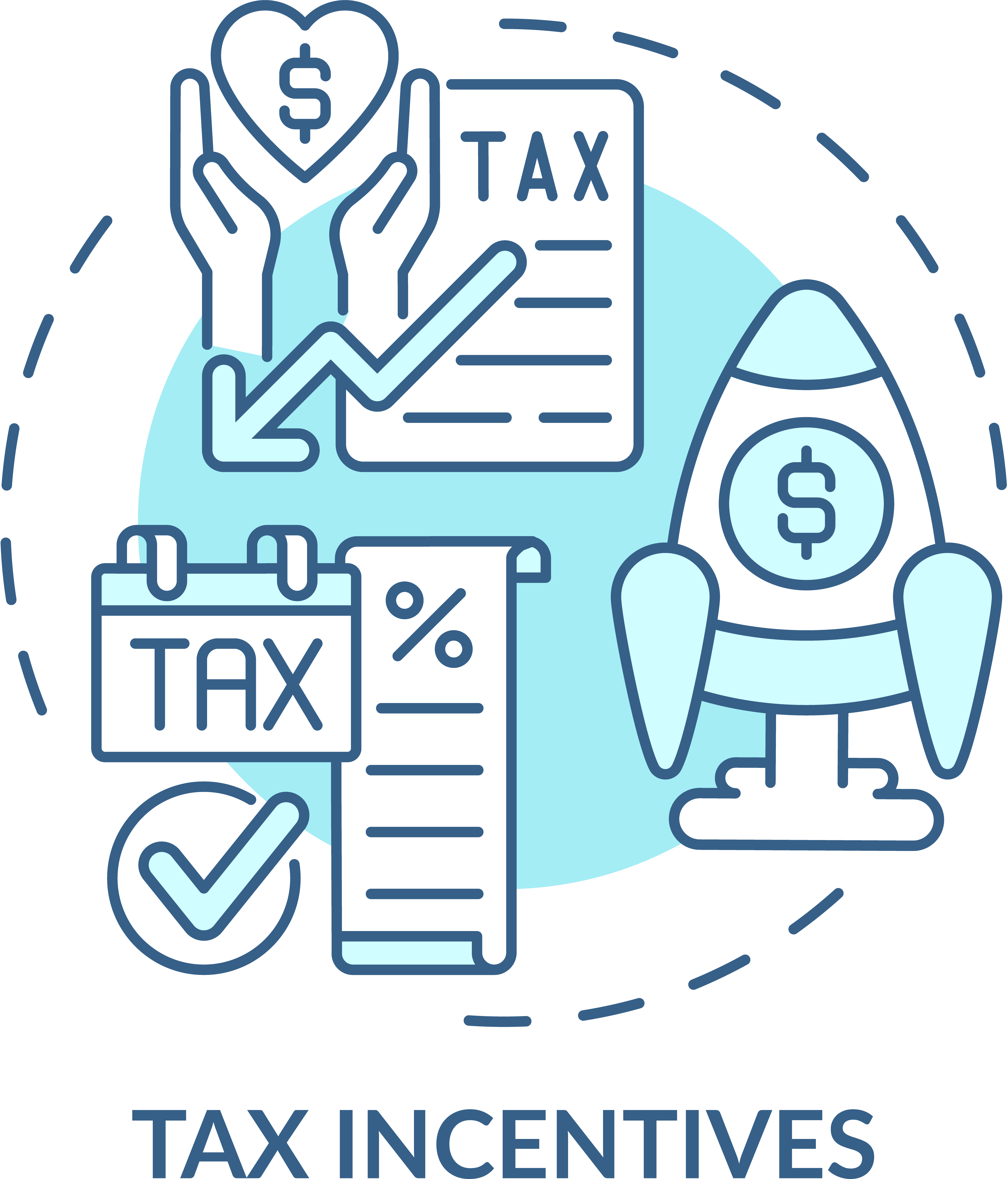All business owners face the challenges of not only attracting talent but also retaining employees once they are hired. One major way to increase your employee retention rate is to offer a generous benefits package.
However, that’s a lot easier said than done for small businesses. Meanwhile, large companies offer these types of benefits as a matter of course because they have more flexibility in terms of benefit options.

For instance, retirement benefits are one example of a perk that small businesses have struggled to offer their employees. However, thanks to the Setting Every Community Up for Retirement Enhancement Act of 2019 (SECURE Act 1.0) and the Secure Act of 2022 (SECURE Act 2.0), that may not necessarily be the case for long.
Tax credit for automatic enrollment
There’s a new tax credit relating to automatic enrollment. This tax credit allows small employers to receive a tax credit of $500 per employee for the first three years of the tax credit going into effect, as long as the small business is eligible. But what affects a small business’s eligibility for this tax credit?
For starters, the small business must have no more than 99 employees but no fewer than 20. The employees each must have received at least $5,000 in the preceding year. Also, at least one of the business’s employees must be considered a non-highly compensated employee. If the small business employs fewer than 20 people, then the tax credit drops from $500 per employee to $250 per employee.
Every year, participants of automatic enrollment plans must be notified about how the automatic enrollment feature works as well as what the uniform deferral rate will be for that year. Also, plan participants have the right to either alter their deferral rate or opt out of the plan altogether at any point in time.
Keep in mind that this feature must be incorporated by the year 2025. With the exception of companies that employ 10 or fewer people as well as companies that have not been in operation for three years at a minimum, most small employer start-up plans will be required to take part in automatic enrollment.
Tax credit for retirement plan start-up expenses
For tax years beginning in 2023, eligible small employers can take advantage of a nonrefundable $5,000 tax credit. It can be applied to small businesses during the first three years after the point at which the small business established a SEP, SIMPLE IRA or qualified plan, such as a 401(k).
For employers who employ 51 or more people, the credit will be equivalent to 50% of the administrative costs associated with the retirement plan. To receive the full amount of this tax credit, employers must have at least $10,000 worth of plan administrative expenses or start-up expenses. Keep in mind that employers with 50 employees or fewer can claim 100% of their expenses so long as their expenses do not exceed $5,000, as this is the limit.
Tax credit for employer contributions
For tax years beginning in 2023, SECURE 2.0 allows employers with 50 employees or fewer to benefit from an additional credit intentionally designed to help with start-up defined contribution plans. This tax credit is equal to the amount of money contributed by the employer on behalf of employees. However, there is a limit of $1,000 per employee.
This tax credit is available to employers with anywhere from 51 to 100 employees. That said, the per-employee value is lower depending on the number of employees. So, employees who earn more than $100,000 are not included as part of this tax credit due to adjustments made for inflation.
Tax credit for military spouses
For tax years beginning in 2023, SECURE 2.0 grants small employers with fewer than 100 employees access to a nonrefundable tax credit. It sponsors a defined contribution plan, making military spouses eligible to participate within two months of being hired.
The tax credit equals the sum of (1) $200 per military spouse, and (2) 100% of all employer contributions (up to $300) made on behalf of the military spouse, for a maximum tax credit of $500. This credit applies for 3 years with respect to each military spouse – and does not apply to highly compensated employees.
As with most tax provisions, the tax credits discussed in this article are complicated and nuanced. Consult your tax adviser to determine how you can maximize these tax credits in ways that benefit your small business the most.
We welcome the opportunity to put our accounting expertise to work for you. To learn more about how our firm can help advance your success, don’t hesitate to contact Kathy Corcoran at (302) 254-8240.
©2024

